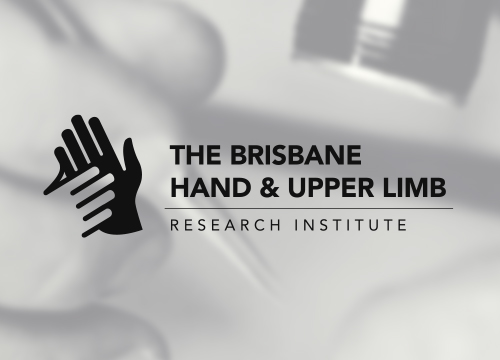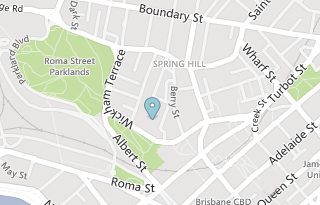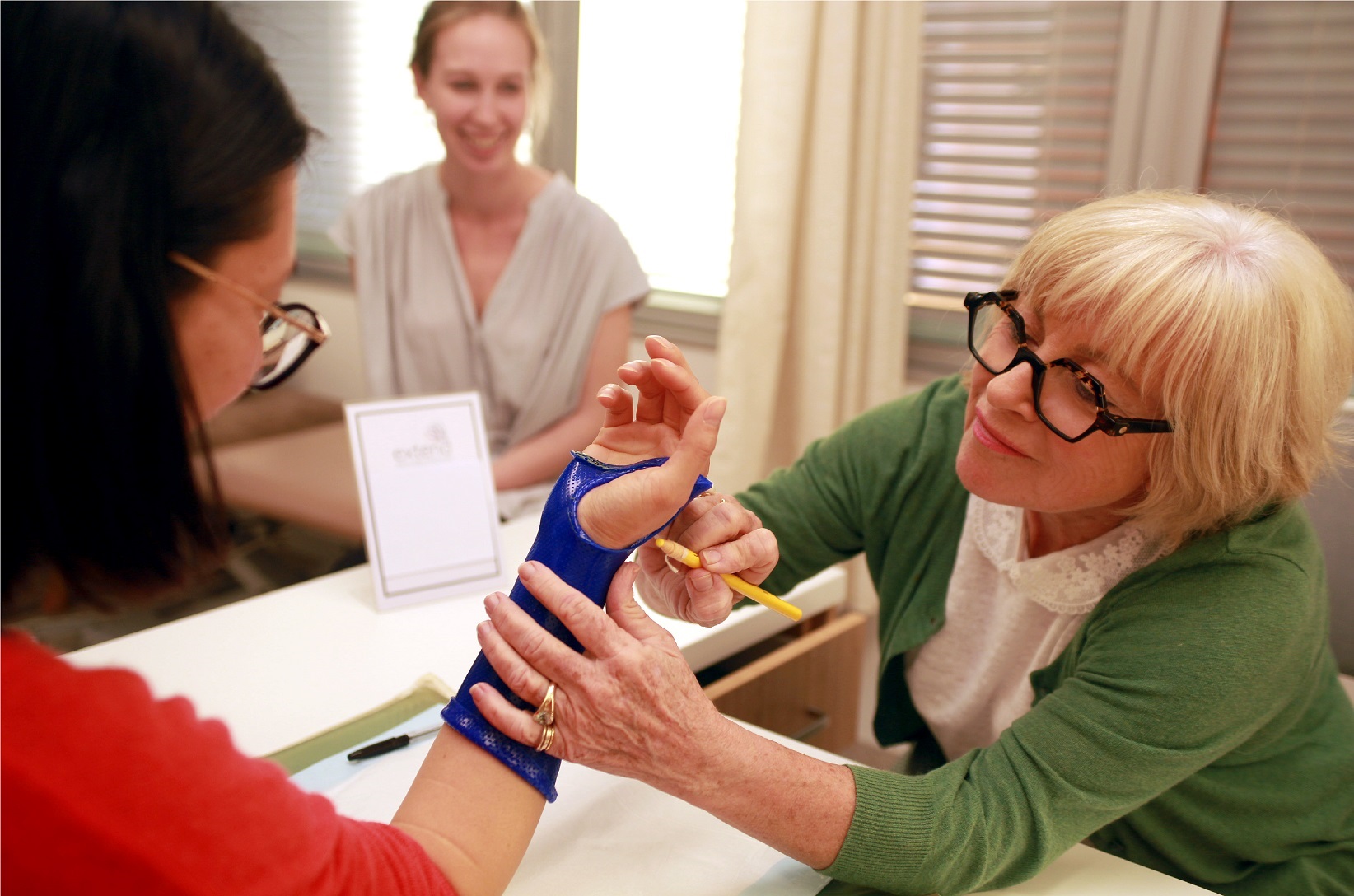Phillip Duke, Mark Ross, Kenneth Cutbush, Steve Andrews
Total shoulder arthroplasty (TSA) has been established as an effective intervention for the management of degenerative and inflammatory arthropathies of the glenohumeral joint. There have been variable reports on the survivorship for metal-backed (MB) glenoids and some studies have shown that all-polyethylene glenoids seem to present fewer complications. However, the key implant in a modular system is a MB glenoid platform, which is designed to be used as the bone interface in both anatomic and reverse shoulder arthroplasty. The purpose of this study was to evaluate the survivorship, radiological and clinical outcomes of a MB platform used in both reverse and anatomical TSR.
We have found that the MB platform can be equally or more effective than an all-polyethylene component when certain parameters are taken into account, specifically, the type of prosthesis, the clinical reasoning and the surgical intervention. The Randelli/SMR MB differs from other MB components because of its mechanism of fixation. It has a convex back for the bone interface and presents a concave surface for the convex back surface of the polyethylene liner. The main fixation is from a large central load-bearing peg. This implant was designed to function as a platform for a modular TSA system.




